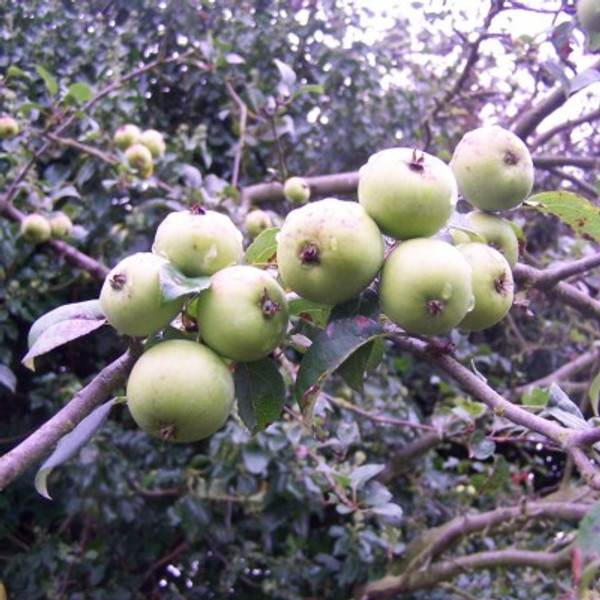Description
Like most top fruit, the crab apple (Malus sylvestris) is thought to have originated alongside other species of wild apple in the forests of Kazakhstan, but has naturalised across huge swathes of Europe. It makes a lovely addition to a mixed native hedge.The beautiful pinky white blossom appears slightly later than the earliest sloe blossom, but before hawthorn comes into flower, so fills the gap as a source of nectar for bees. Because crab apples flower for a long period, the blossom will overlap with any dessert or culinary apple trees nearby and improve pollination.
Bright green foliage through the summer is an important food source for the caterpillars of a long list of moths and butterflies - who might be less than welcome in an orchard, but can be allowed to feast in peace on hedging plants. The plants are tough and robust, and will quickly refoliate.
The fruit can vary from plant to plant, as with any true species, but generally the fruit will be small and green, perhaps with a slight red flush. Traditionally used for making crab apple jelly, the fruit has a high level of pectin, so is great for adding to other fruits to help the jam set.
Grows best in full sun in a soil which doesnt dry out in the summer.




